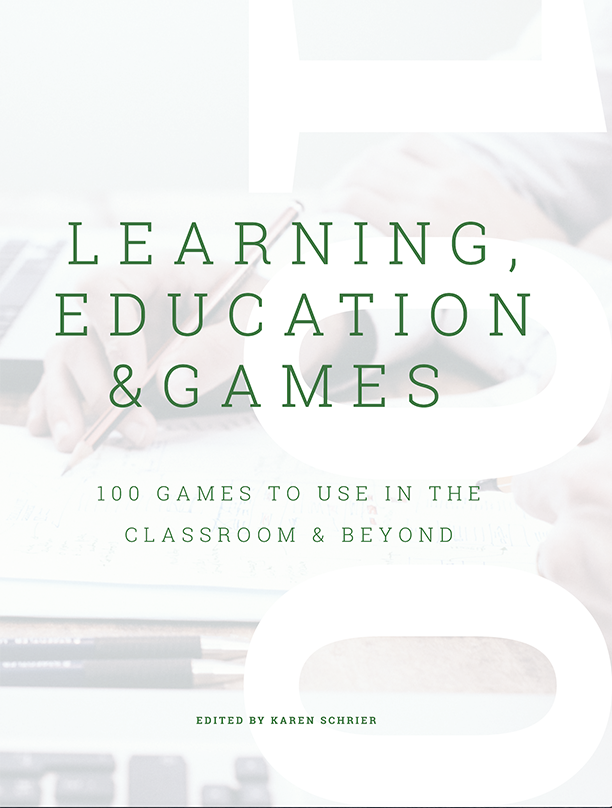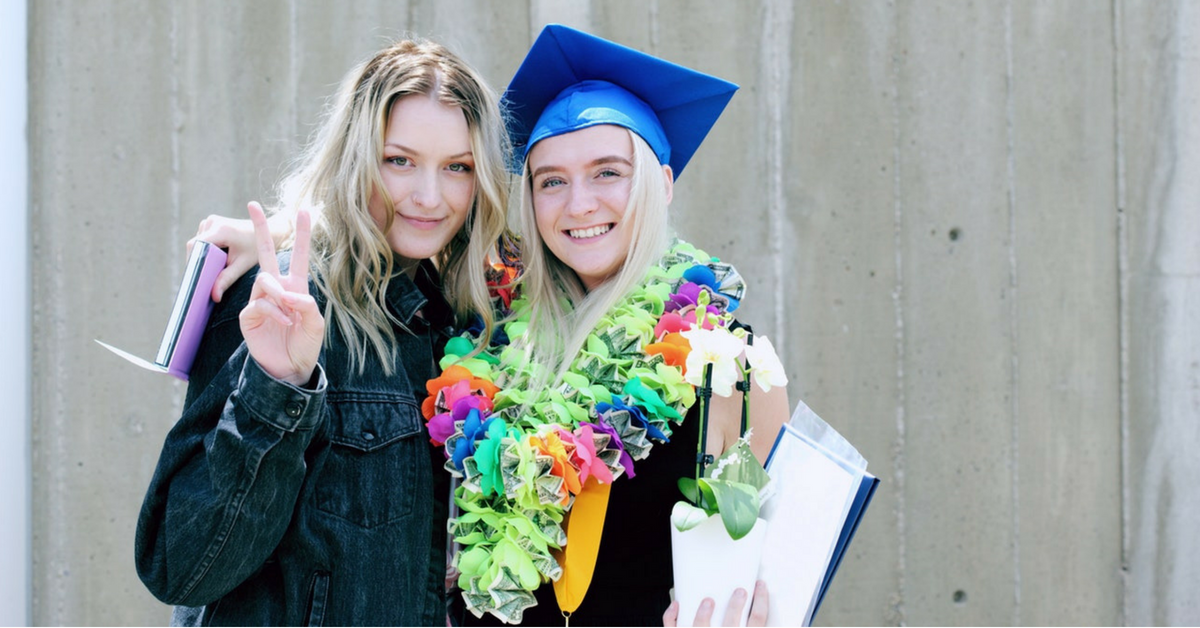
There are a number of scholarship opportunities available in Idaho. There are many scholarships available in Idaho, including the Robert G. Miller Scholarship, Horatio Ager Scholarship, Community Council of Idaho Hispanic Scholarship. Creating an account is easy and takes just a few minutes. After creating an account, you can view all scholarship awards that are available to you.
Horatio Alger - Robert G. Miller Scholarships
The Robert G. Miller Scholarships, Horatio Alger and Robert G. Miller, support college students who are deserving. The Association has given more than $235,000,000 in scholarships since 1984. These scholarships help students overcome adversity and pursue higher education.

The scholarship was funded by the Horatio Alger Endowment Fund. Funding is available to students who want to pursue post-secondary studies. These funds can be used to pay tuition and fees at colleges or universities. They are paid to the school or the student directly. The 2018-2019 academic year application is now open.
Community Council of Idaho Hispanic Scholarship
The Community Council of Idaho's Hispanic Scholarship Program grants $1,000 to low-income students from high schools who intend to attend college in Idaho. The Future Hispanic Leaders of America and the Community Council of Idaho partner to provide this scholarship to students in the health and tech fields. Celebrate the West is a regional art contest that challenges high school students and encourages them to use the state of their home to inspire their art.
The Community Council of Idaho's Hispanic Scholarship awards $1,000 to low-income high school seniors who intend to attend college in Idaho. High school students must be Idaho residents and of Hispanic descent. They also need to have a minimum of 2.5 GPA. They should also plan to attend a two-year, four-year college once they graduate.
Boise State University Presidential Scholarship
Idaho residents who plan to enter a college or university are eligible for the Boise State University Presidential Scholarship. The scholarship is open to high school seniors who have a minimum unweighted grade point of 3.90 and a minimum ACT score of 28. The award is $5,000 per semester, renewable for four years. Students must fill out the FAFSA before February 15, and submit their SAT/ACT scores to apply.

Boise State University provides several scholarships to assist students in paying for their education. These scholarships can be applied for by Idaho residents or non-residents if they meet certain criteria. Students must be accepted to degree-granting institutions before applying. The admissions requirements for these scholarships must be met. Applicants must complete the application and provide official transcripts. The Student Center will notify scholarship recipients through an admissions letter.
FAQ
What is the difference between private schools and public schools?
All students have the right to free education in public schools. They provide education from kindergarten through high school. Private schools charge tuition fees per student. They offer education from preschool to college.
Charter schools can also be found, which are privately owned but are not publicly funded. Charter schools do not follow the traditional curriculum. They allow students more freedom to discover what interests them.
Charter schools are a popular choice for parents who believe all children should have access and quality education regardless their financial situation.
What is homeschooling?
Homeschooling is a method of education where children learn at home from their parents. It is also known by the names private education or self-education.
Family members who want to teach their children at home can opt for homeschooling. This allows them to get a quality education in the comfort of their own homes.
They educate their children right from birth through high school. They choose the subjects they wish to study, and how long each subject should be studied. The student learns everything on his/her own time.
The parents decide when to teach their children. Many schools recommend children attend classes starting at the age of four or five. Some families wait until their children reach kindergarten to start teaching them.
You can use any number resources to help your children through the curriculum. You can learn valuable lessons from books, videos, websites and magazines.
Many families find that homeschooling is a good fit for their hectic schedules. The parents can spend more time together than traditional public school teachers.
What does it mean for a teacher to teach early childhood education?
Early childhood educators must have specialized training. Most states require teachers to be certified by their state boards before they can work in public schools.
Some states require teachers pass reading and math tests.
Some states require teachers with early childhood education degrees to complete a set number of hours.
Many states have minimum requirements for teachers. However, these requirements vary widely between states.
What is the purpose of schooling or education?
Education should help students develop skills necessary for employment. Education is not only academic. It is also a social pursuit where students learn from each others and gain confidence through engaging in activities such music, sports, and art. It is all about teaching students how to think critically, and how to create so they can be independent and self-reliant. What does it take to achieve high educational standards
Educational standards that promote student success are considered good. They establish clear goals for teachers to work towards with their students. Schools can adapt to changing educational needs if they have good educational standards. Fair and equitable education standards must also be maintained: Every child is equal in terms of chance of success, regardless of his/her background.
How long should I spend preparing for college?
The amount of time you dedicate to your studies will affect how much time you spend preparing for college. Take college preparation classes if you are planning to attend college immediately after graduating high school. If you are planning to leave school for a while before you can attend college, it is probably not necessary to start planning.
It is important to discuss your plans and ideas with your parents, teachers, and other family members. They may recommend specific courses. Be sure to keep track of the courses you've taken and the grades you received. This way, you'll know exactly what you need to accomplish next year.
What is early childhood education?
Early Childhood Education is a profession that aims to help children become happy, healthy adults. It includes everything from teaching them how to read to prepare them for kindergarten.
Early childhood education has the goal of helping children learn and grow by offering them age-appropriate experiences.
Early childhood educators are often asked to assess the developmental needs for each child they see. This helps to decide if a particular program would benefit each child.
Parents can also interact with teachers and other professionals with experience with young children through early childhood programs.
A key role in early childhood education is also played by parents. They must know how to properly care for their children and offer guidance and support when needed.
Parents can also take part in activities that teach skills to their children for the rest of their lives.
Early childhood education is sometimes referred to as preschool education, although this term is used interchangeably with daycare centers. Prekindergarten education usually starts around three years of age. Early childhood education is very similar.
What is vocational school?
Vocational school programs are designed to prepare individuals for specific jobs. They might also offer general education courses or training in the skills that employers require.
Vocational education is an essential part of our society as it helps young people acquire the skills necessary to succeed in their lives. It ensures that all students have access to high-quality learning opportunities.
Vocational schools offer a variety of options for students, such as apprenticeships, certificates and diplomas, degrees, college transfers programs, and other postsecondary credentials. Vocational school students learn both academic subjects and more practical subjects like math, science, English or social studies.
Statistics
- They are also 25% more likely to graduate from high school and have higher math and reading scores, with fewer behavioral problems,” according to research at the University of Tennessee. (habitatbroward.org)
- Globally, in 2008, around 89% of children aged six to twelve were enrolled in primary education, and this proportion was rising. (en.wikipedia.org)
- In most developed countries, a high proportion of the population (up to 50%) now enters higher education at some time in their lives. (en.wikipedia.org)
- Data from the Department of Education reveal that, among 2008 college graduates, 92.8 percent of humanities majors have voted at least once since finishing school. (bostonreview.net)
- Among STEM majors, that number is 83.5 percent. (bostonreview.net)
External Links
How To
what is vocational education?
Vocational Education prepares students for work by giving them skills that are required for a specific job, such as welding. It also includes on-the-job training in apprenticeship programs. Vocational education is different from general education in that it prepares individuals for specific career paths rather than acquiring broad knowledge for future uses. Vocational education's goal is to help students find employment after they graduate.
Vocational education is available at all levels of education, including primary, secondary, high school, college, universities, technical institutes as well as trade schools, community colleges and junior colleges. There are many schools that specialize in specific subjects, such as nursing schools (law schools), medical schools, dental school, veterinary medicine and firefighting schools. Many of these schools provide both academic instruction as well as practical experience.
Over the past decade, a number of countries have made substantial investments in vocational education. These include Australia, Denmark and Finland, Germany. However, it is not clear if vocational education is effective. Some argue it doesn't improve students' employability, while others argue it prepares them for the future.
According to the U.S. Bureau of Labor Statistics, 47% of Americans have a degree or certificate related to their current occupation. This number is higher for those with higher education. 71% of 25-29-year-olds have a bachelor's or higher degree and are employed in areas that require postsecondary credentials.
The BLS reported that almost half the adult population of the country had at least one form of postsecondary credential as of 2012. About one-third of Americans held a two-year associate degree, while about 10 percent held a four-year bachelor's degree. One fifth of Americans have a master's, or doctorate.
The median annual salary for people with a bachelor's was $50,000. This compares to $23,800 for those who don't have a degree. The median income for those with advanced degrees was $81,300.
For those who did no high school, the median salary was only $15,000. The median annual income for those with less than a high-school diploma was $13,000